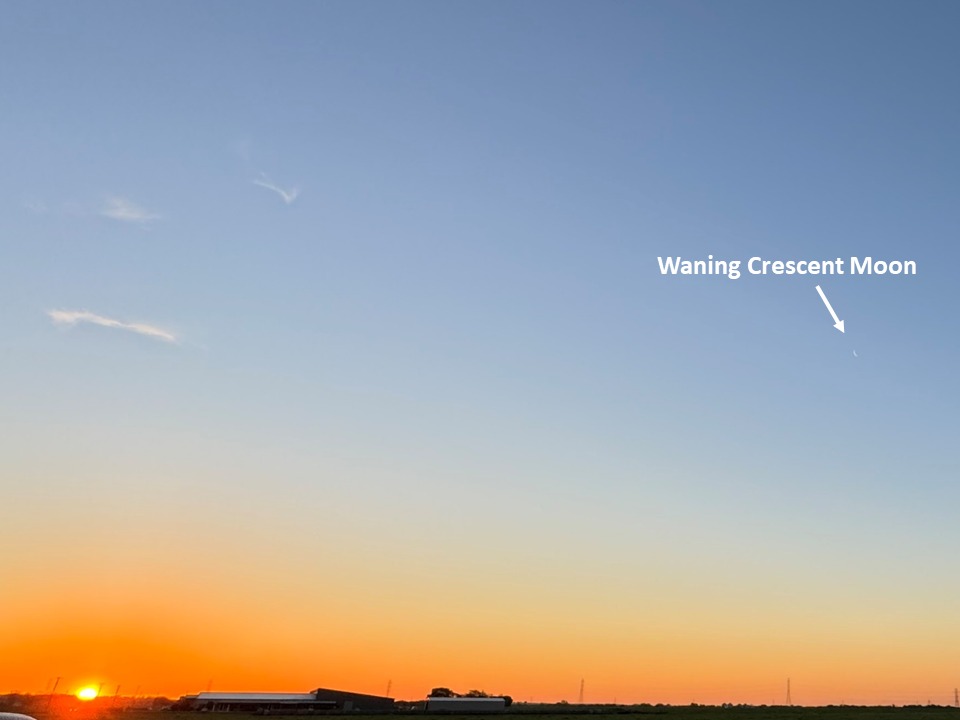Cloudy conditions are expected in the Canyon Lake/New Braunfels area during Monday’s total solar eclipse.
The National Oceanic and Atmospheric Administration’s (NOAA) National Weather Service Prediction Center today said clouds could impede viewing in Texas, with the best chances for clear viewing in northern New England and from southern Missouri to central Indiana.
“Totality or bust, check the forecast and adjust,” NOAA advised its Facebook followers.
Closer to home, the New Braunfels office of U.S. National Weather Service Austin-San Antonio said Friday confidence is high that mostly cloudy skies will occur across south-central Texas during the eclipse.
“Still in question is how thick high clouds will be and if low clouds break, which we hope to answer more precisely over the weekend as high-resolution models come into the eclipse time range,” meteorologists said on Facebook.
There are three possible scenarios for Monday afternoon:
- translucent high clouds with breaks in low clouds for filtered eclipse viewability
- opaque (thicker) high clouds for poor eclipse viewability
- opaque low clouds for poor eclipse viewability
Regardless of the cloud cover, the public can view the eclipse on weather.gov.
New Braunfels will experience a deep partial solar eclipse beginning at 12:51 p.m. Monday. Maximum coverage of the sun occurs at 1:35 p.m. The eclipse ends at 2:56 p.m.




